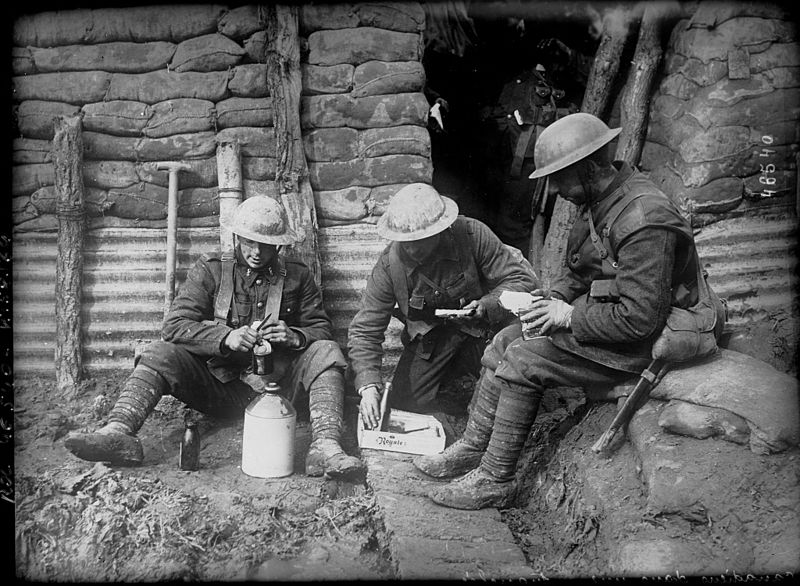Bringing Diverse Local History into the Classroom Using Soldier Files
17 February 2014 - 9:01am
 One project drawing out the incredible diversity of local history here in New Brunswick focuses on artillery units raised in the province over the past century. Led by The Gregg Centre for the Study of War and Society here at the University of New Brunswick, the project aims to collect primary source evidence from families and community members to piece together a story that is a relatively unexamined part of the history of the world wars.
One project drawing out the incredible diversity of local history here in New Brunswick focuses on artillery units raised in the province over the past century. Led by The Gregg Centre for the Study of War and Society here at the University of New Brunswick, the project aims to collect primary source evidence from families and community members to piece together a story that is a relatively unexamined part of the history of the world wars.
This is a project we have been engaged with at UNB with Bachelor of Education students in both the Elementary and Secondary Social Studies Methods courses. Following the Lest We Forget Project model, each student receives a soldier’s file, and uses it as a starting point to piece together a biographical sketch of their soldier. Some wonderful examples of biographies can be found below. Our classes’ focus is on the gunners of the First World War from New Brunswick. In just a few short weeks of research, they are finding an incredible span of experiences that have led to questions about European immigration to Canada, economic conditions in Eastern Canada in the 1930s, Canada’s history of vocational education, and media representations of social norms, to name a few.
There are different approaches students take that lead to discoveries about multiple aspects of the home and overseas experience of the Great War. Some students choose to focus on the military story, learning more about that regiment’s movements and engagements, sometimes focusing specifically on technology use or military strategy. Some choose to study the home front, and the family and community experience when an entire generation of young men leave home, and the impact felt when they do and do not return. Others make deep personal connections with their soldiers’ stories and explore emotional and psychological themes in their own lives that connect with their soldiers’.
This assignment achieves multiple goals in the classroom. Our teacher candidates, many of whom do not have a history background, are engaged in primary source research, using the Big Six to inform their own research while also learning about how to apply the Big Six in the classroom. They are learning about how these personal connections lead into the big concepts in the study of history, and how the big picture of history provides context for individual stories.
This intersection of historical thinking and historical consciousness is one that we hope will inspire them to continue this kind of research and do history in the classroom with their own students. Not only are we exploring the diverse experiences of local people, the multiple questions their experiences raise about larger themes in history are revealing the richness that local history can bring to the classroom. Using local history in the classroom can spark the questions that connect students to the big picture of history, and can open up a new view of history for non-specialist teachers.
Below are some useful resources:
Call for New Brunswick artillery resources
The New Brunswick Military Heritage Project
How do you bring local diverse histories of war into your history lessons?
Photo: Canadian soldiers resting in a trench, 1916. Wikipedia Commons

